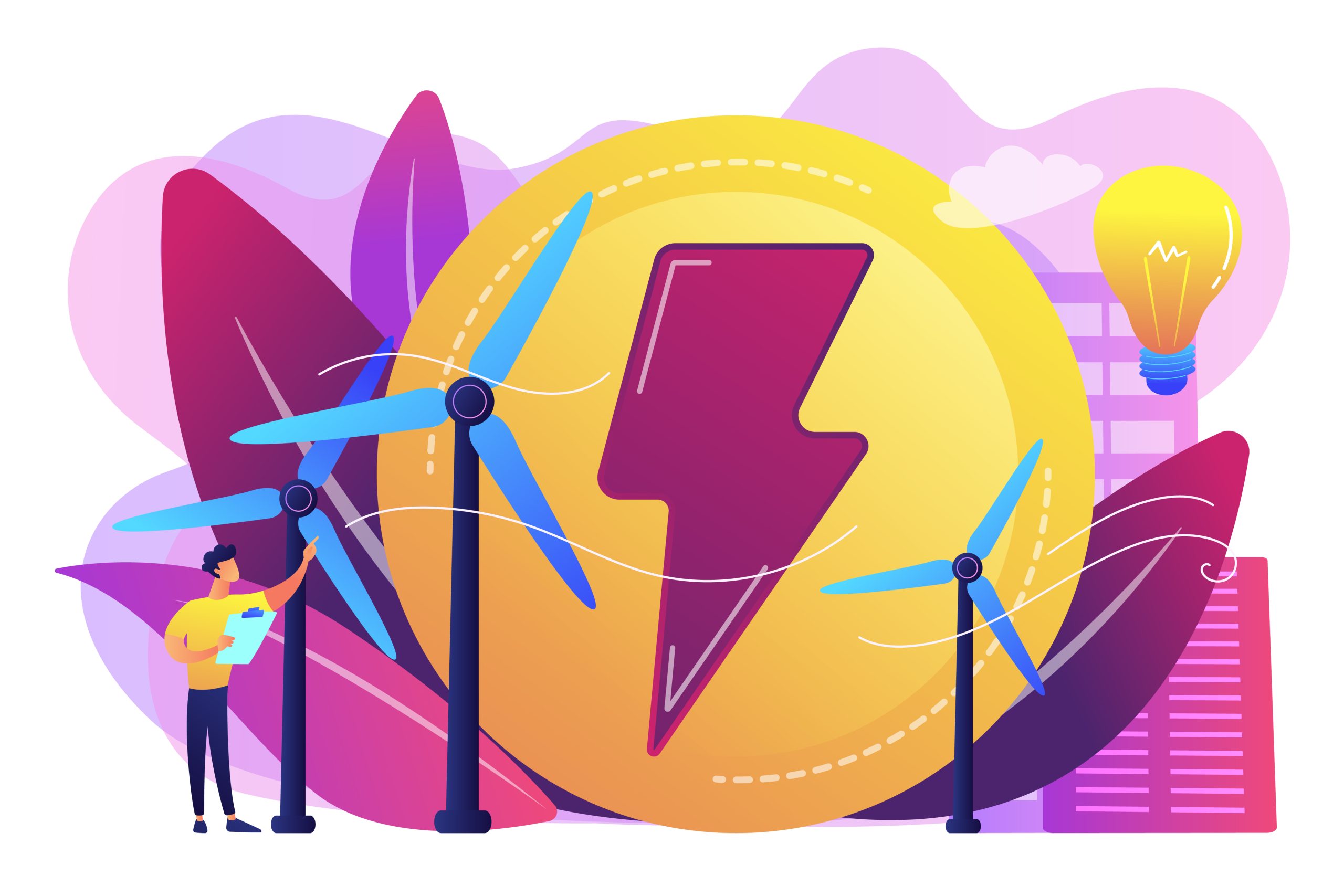Energy is the lifeblood of the modern consumer, powering everything from our morning coffee to our late-night Netflix binges. But how exactly do consumers obtain the energy they need to fuel their daily activities? From the groceries we buy to the electricity that lights our homes, let’s delve into the fascinating world of energy acquisition for consumers and uncover the diverse sources and strategies employed to keep our lifestyles running smoothly.
Feasting on Nutrient-Rich Delights
For consumers, the primary source of energy acquisition comes in the form of food. Whether it’s a hearty breakfast to kickstart the day or a gourmet dinner to unwind after work, food provides the essential nutrients and calories needed to power our bodies and minds. From fruits and vegetables to grains and proteins, consumers have a vast array of options to choose from, each offering a unique blend of energy and nutrients to support their lifestyle and dietary preferences.
Navigating the Supermarket Jungle
Navigating the supermarket aisles can feel like embarking on a culinary safari, with shelves brimming with tantalizing treats and nutritious delights. Consumers carefully select their food choices based on factors such as taste, nutritional value, and convenience, balancing their desire for energy-rich foods with their dietary goals and budget constraints. From fresh produce to packaged snacks, every item in the shopping cart contributes to the consumer’s energy intake and overall well-being.
Sipping on Energy Elixirs
In addition to solid food, consumers also obtain energy from a variety of beverages, ranging from water and tea to coffee and energy drinks. While water serves as a hydrating and calorie-free option, caffeinated beverages like coffee and tea provide a quick energy boost thanks to their stimulating effects on the central nervous system. Energy drinks, with their combination of caffeine, sugar, and other additives, offer a potent jolt of energy for consumers seeking a more intense pick-me-up.
Tapping into Electrical Energy
Beyond food and beverages, consumers also rely on electrical energy to power their homes, gadgets, and appliances. Electricity is generated from a variety of sources, including fossil fuels, nuclear power, renewable energy, and hydroelectric dams. Consumers access electrical energy through power outlets in their homes, using it to light their rooms, charge their devices, and run household appliances such as refrigerators, washing machines, and televisions. With the flip of a switch, consumers tap into the vast network of electrical infrastructure that powers our modern society.
Making Every Watt Count
In an era of growing environmental awareness and sustainability concerns, consumers are increasingly mindful of their energy consumption and strive to maximize energy efficiency in their daily lives. From investing in energy-efficient appliances to adopting renewable energy sources such as solar panels and wind turbines, consumers are taking proactive steps to reduce their carbon footprint and minimize their impact on the planet. Through conscious consumption and smart energy management, consumers play a crucial role in shaping a more sustainable future for generations to come.
Empowering Consumers in the Energy Quest
As consumers, the ways in which we obtain and utilize energy have a profound impact on our lives and the world around us. Whether through our food choices, beverage preferences, or energy consumption habits, we have the power to shape our energy landscape and drive positive change. By making informed decisions, embracing energy efficiency, and advocating for sustainable practices, consumers can harness the power of energy to fuel their lifestyles while preserving the planet for future generations.



